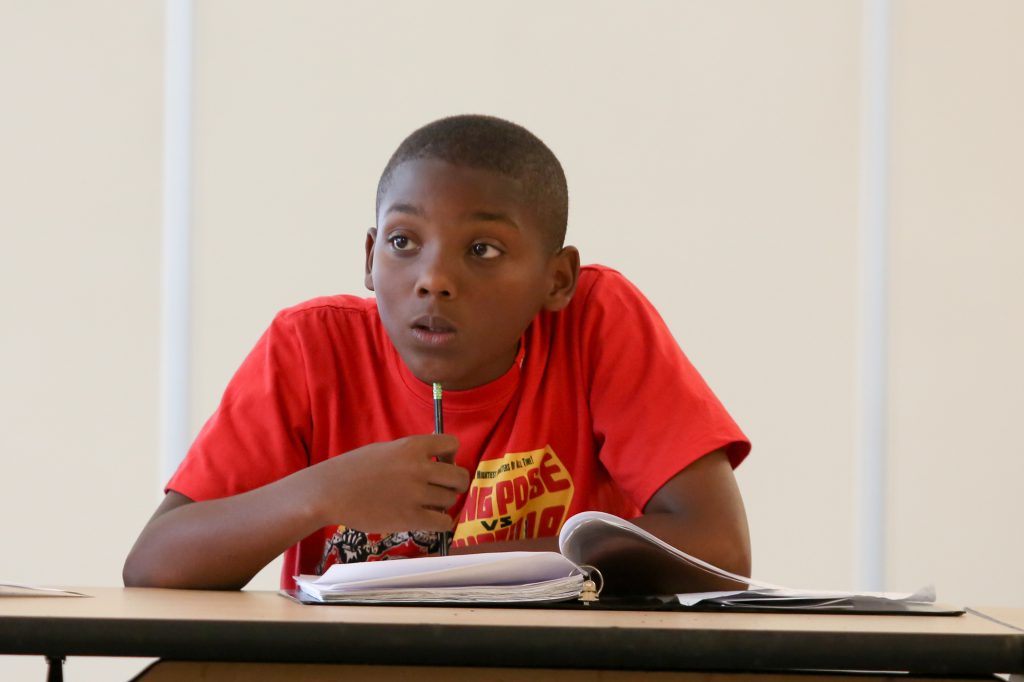 Justin Armstrong admits his civil rights history was limited before he attended a summer camp sponsored by Jackson State University’s Fannie Lou Hamer Institute this month.
Justin Armstrong admits his civil rights history was limited before he attended a summer camp sponsored by Jackson State University’s Fannie Lou Hamer Institute this month.
“I didn’t know that much because I just got out of elementary school,” says the 11-year-old who lives in Byram and heads to middle school in the fall.
Now, he’s confident about his knowledge of the civil rights movement and the role Mississippians played in the struggle for equality. Armstrong is among 22 students from the Jackson metropolitan area who participated in the institute’s summer youth workshop, “The Southern Civil Rights Movement: The Pivotal Role of Young People.” The workshop is held each year with the goal of educating youth about civil rights history and democracy and to teach them how to effect change in their communities, said Keith Lamont McMillian, a project coordinator with the institute.
Emphasizing the political process is another component of the two-week workshop, McMillian said. This year, the students held elections for president and vice president of the workshop. After a brief campaign and an official vote, Armstrong emerged as the elected president, but that’s not the only highlight from his workshop experience.
“It’s been fun meeting new people and learning new things. I want to take this knowledge back to school and be ahead of the game. Maybe sometimes I could correct the teacher,” he said.
He eagerly shared a fact not known to many: “I learned that before Rosa Parks got on the bus and refused to get up, Claudette Colvin got on a bus and refused to get up. She was a 15-year-old girl.”
In 1955, Colvin was arrested for the act of civil disobedience, and her case led to the Supreme Court’s order for the desegregation of Alabama’s bus system. Colvin’s refusal occurred some nine months before Parks’ actions.
Such historical details are weaved throughout the workshop. Many came directly from activists who participated in sit-ins, voter registration drives and other demonstrations. Myrlie Evers, widow of slain NAACP Mississippi field secretary Medgar Evers, led a dialogue with the students.
During one session, the students sat at a U-shaped table in the JSU Student Center and listened intently to Hollis Watkins and Bobby Talbert share stories about living in a segregated Mississippi during the 1950s and 1960s.
Much of Talbert’s activism occurred in McComb, a city off I-55 South where young people conducted sit-ins at the Woolworth’s and the Greyhound Bus terminal in 1961. That same year, more than 100 students walked out of Burglund High School to protest the expulsion of a student who had participated in a demonstration.
Watkins first became involved in the movement through the NAACP Youth Chapter, working alongside Medgar Evers on voter registration. He then joined the Student Nonviolent Coordinating Committee, which conducted sit-ins and other demonstrations. Watkins also helped train hundreds of young people who converged on Mississippi in 1964 for what became known as Freedom Summer, a voter registration project organized by SNCC, the Congress on Racial Equality and other civil rights groups.
Watkins, a slight-built man who looks younger than his nearly 72 years, said there are a number of reasons today’s youth should be educated about the movement.
“In order for you to fully understand where you are today, you have to understand your past and why you’re dealing with the issues of today,” Watkins said. “If young people don’t understand the struggle people had to go through for them so they could do things like choose where they want to get their education, they can’t have an appreciation of that freedom.”
Ashley White, an 18-year-old rising senior at Forest Hill High School, said she didn’t want to come to the workshop, at first. The group visited the Evers’ home, and while there, a photo on the wall caught White’s attention. It was a picture of her grandfather, who was active in the movement.
“I was just amazed it was even there,” said White, whose grandfather died before he was born.
That’s a point organizers want to make to the students — their local neighbors and relatives were likely part of the movement.
“Everybody knows the national narrative … Rosa Parks, Martin Luther King, Jr., and Malcolm X. We want them know that the people who may have made the most impact may be right in their own families,” said McMillian.
He also said it was important the youth understand that people who were around their age at the time were instrumental in dismantling segregation in the South.
The group, ranging in age from 11 to 18, also participated in community service projects, including a community garden and painting a shelter. The workshop featured a family reception, a trip to McComb and landmark sites from the civil rights movement.
White said the experience taught her that it’s within her power to help others.
“I’ve always wanted to be involved in projects that let young people know there’s a way out of (bad circumstances). This program has given me a sense of where to start,” White said.
Shelia Byrd



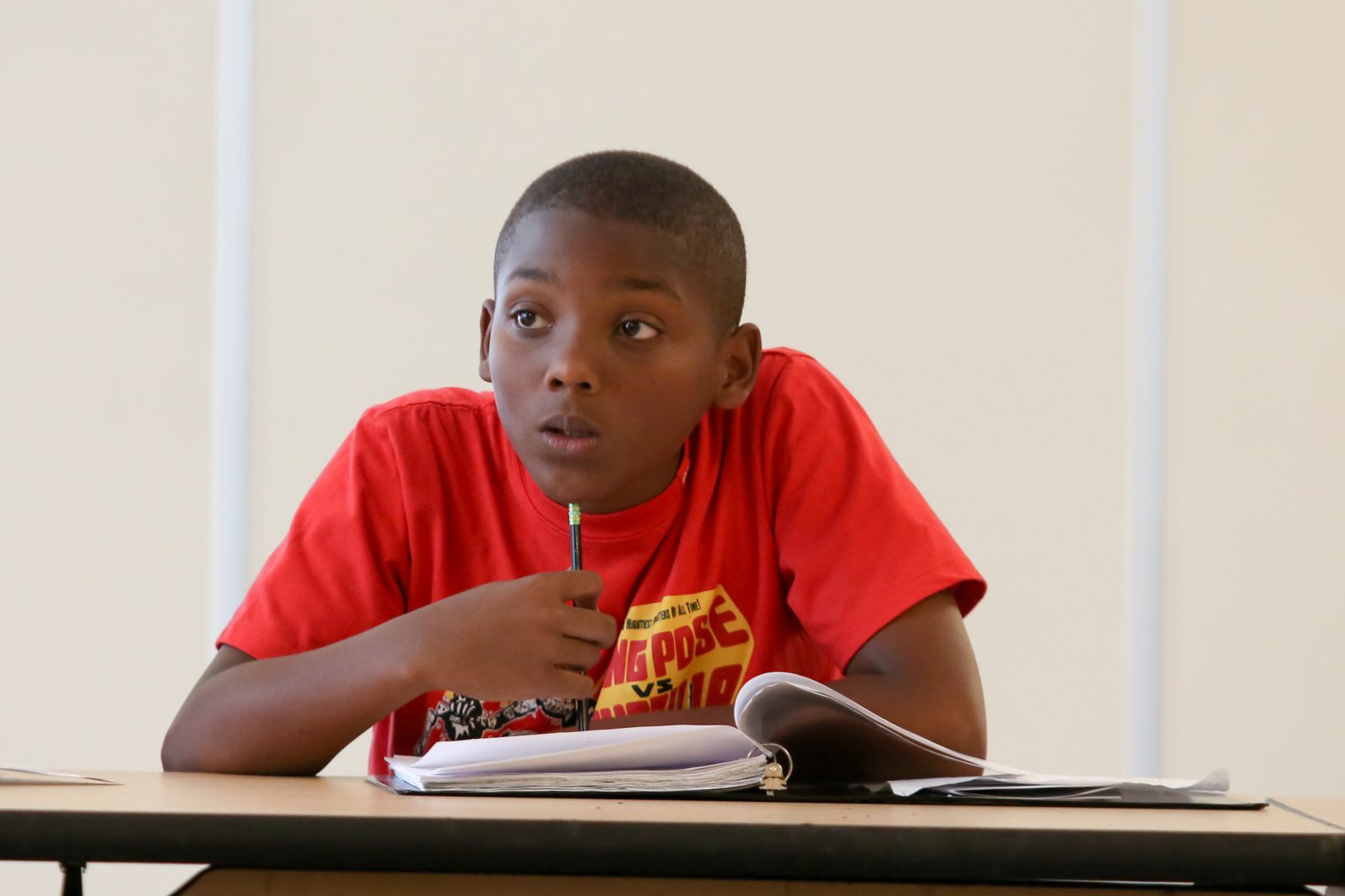
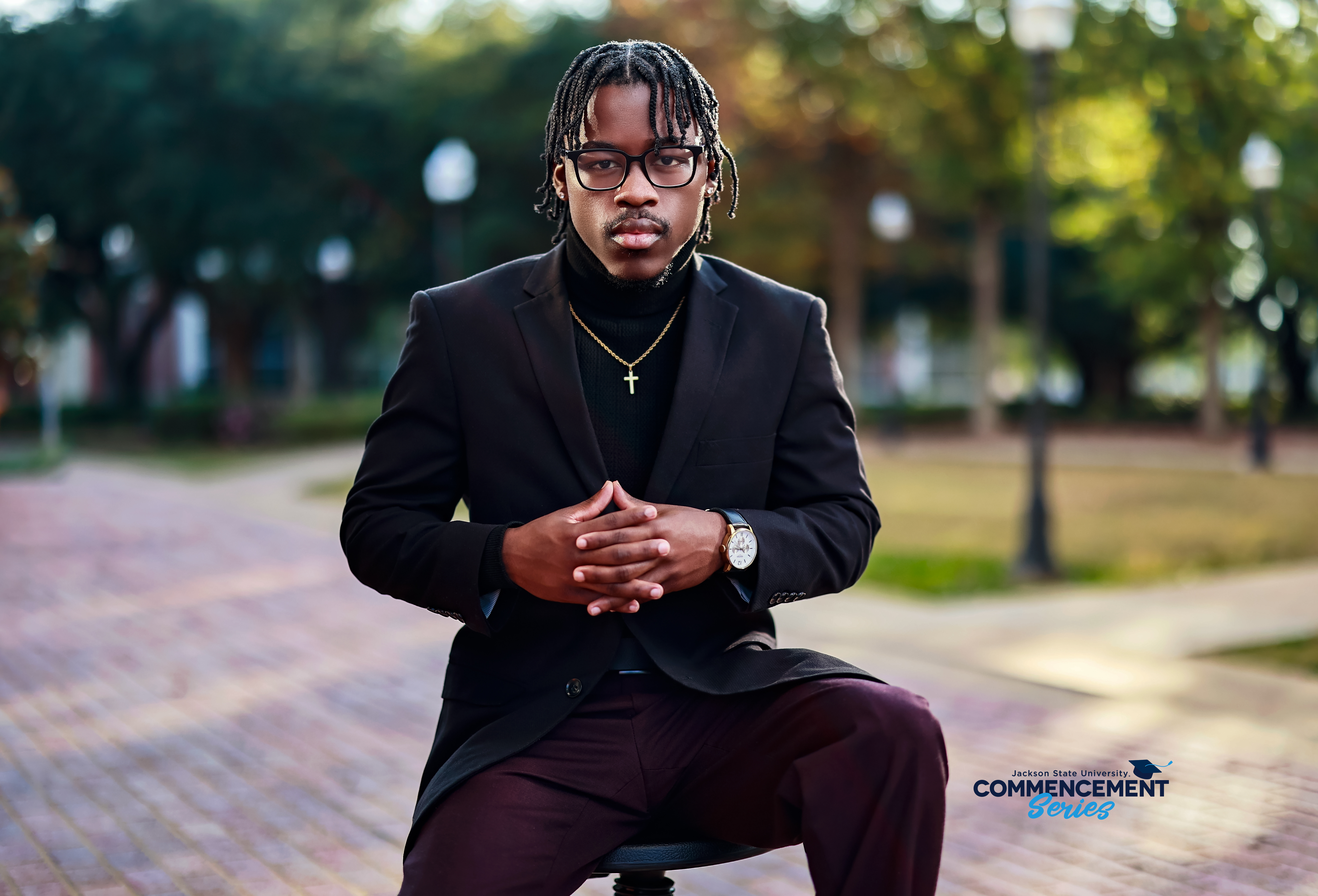
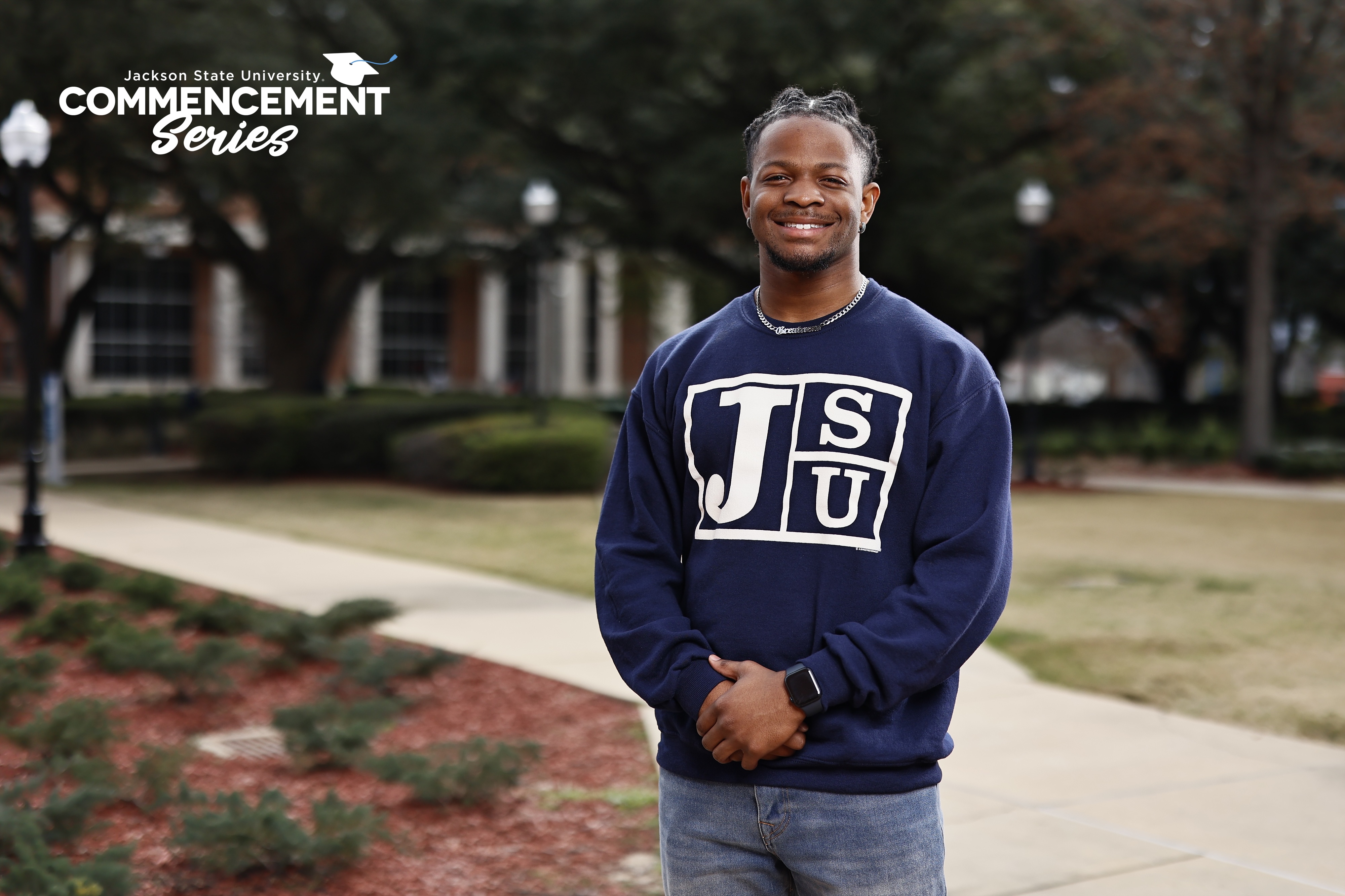
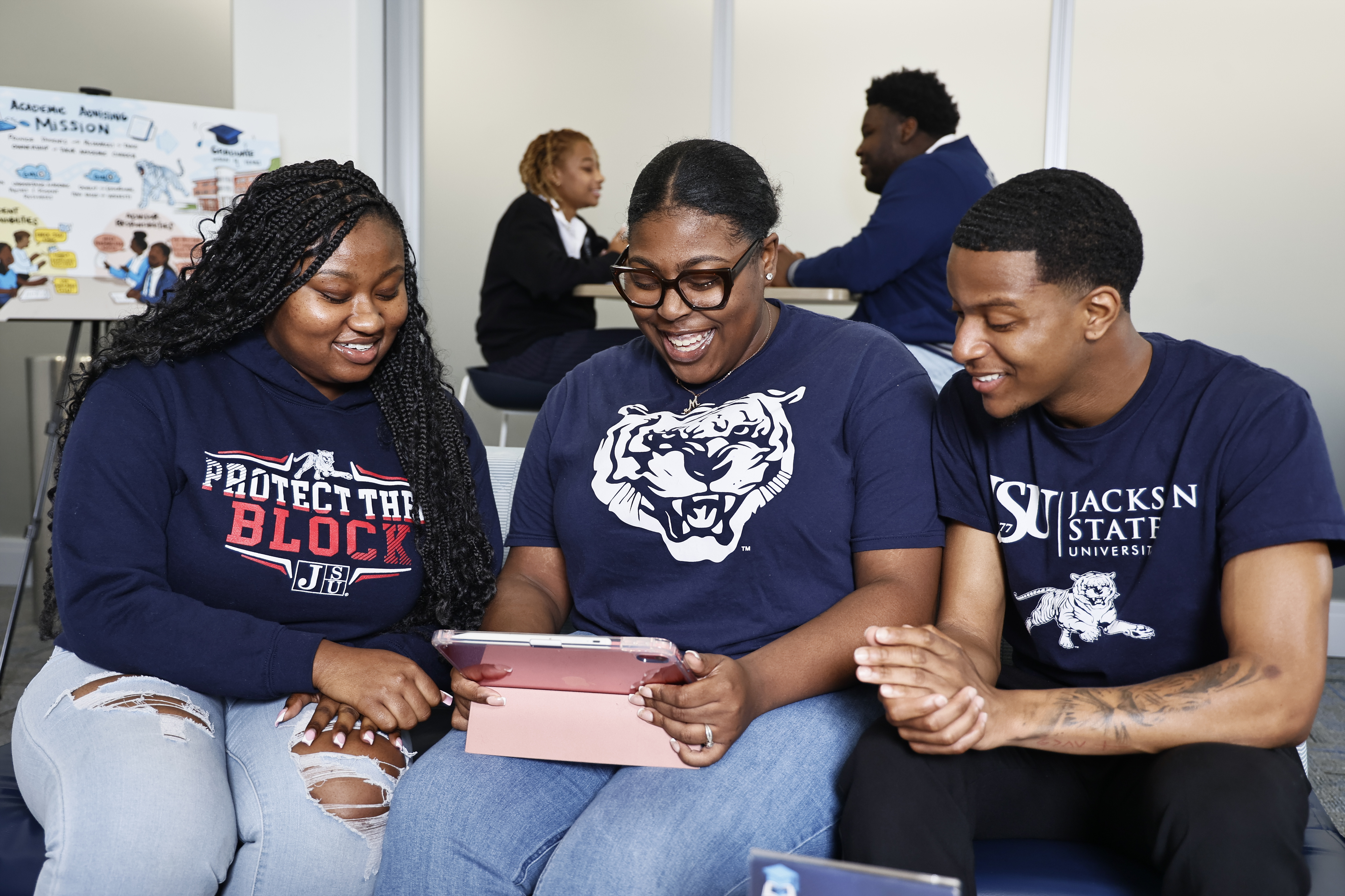
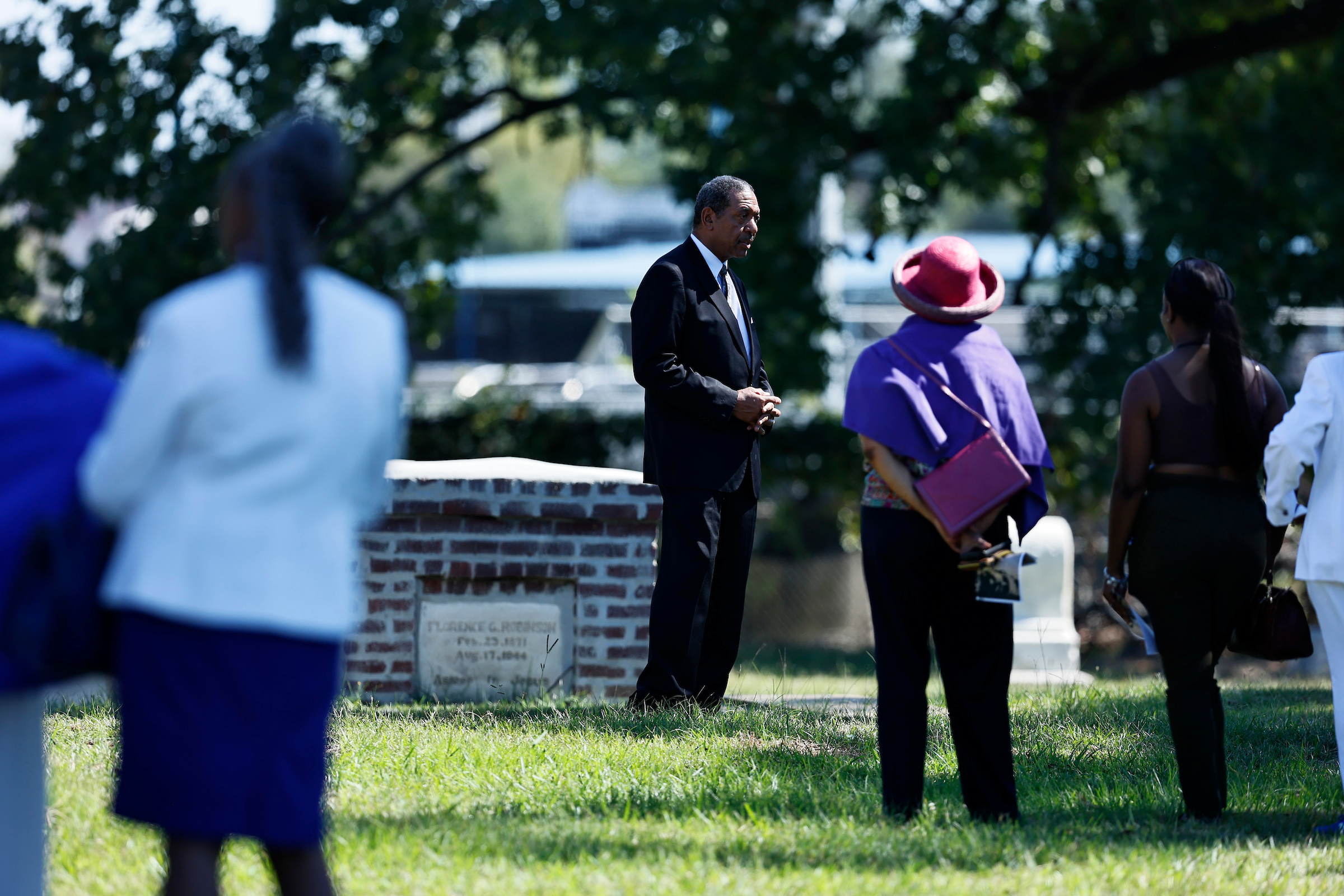
Leave a Reply